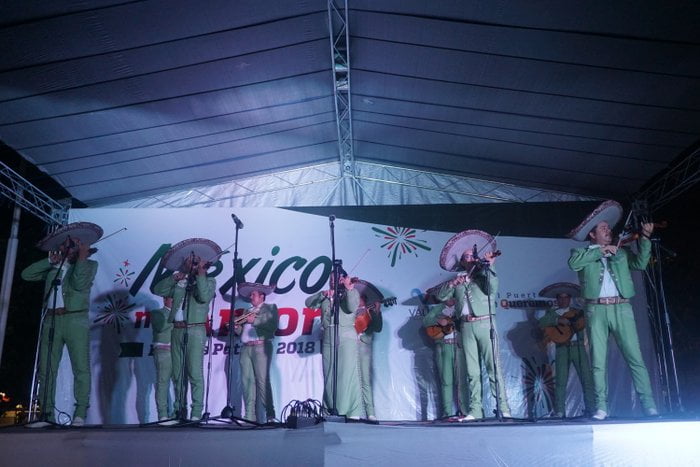Beginner Spanish Listening Practice – Comparing El Pretérito Imperfecto and El Pretérito Indefinido (Part 2)
In this Spanish lesson we will continue practice using both El Pretérito Imperfecto and El Pretérito Indefinido. As usual, first we will review some relevant grammar and vocabulary and then see if you can follow a short listening. This lesson continues on from the previous lesson in this course which also looked at El Pretérito Imperfecto and El Pretérito Indefinido.
This lesson is part of a Spanish course that practices the grammar and vocabulary first introduced in my beginner Spanish course posted here on the Transparent Language blog. Let’s test your listening comprehension and see if you can understand a short audio in Spanish. The transcript to the audio will be given at the end of the post but please try not to look at it until you have tried playing and understanding the audio a few times.
Use the following link to watch the corresponding video lesson of the original course:
Beginner Spanish Lesson 42 Comparing El Pretérito Imperfecto and El Pretérito Indefinido
Please familiarise yourself with the following words and phrases before listening to the audio below:
Muchísimo/a: very many
Mantenerse en pie: to keep himself up
Ya te digo: (expression) I know…
Now play the audio to listen a conversation between two friends. Can you understand what they are saying? Play the audio a few times before you look at the transcript. Don’t worry if you don’t understand every single thing the two people are saying. Try to catch whichever words you can and then try to piece things together to work out what is being said.
(Play the audio a few times before you scroll down and look at the transcript)
Transcript:
Peter: Hola Ana ¿Qué tal fue la fiesta de ayer?
Ana: Muy bien. Fui con Miguel y Estela. Lo pasamos muy bien.
Peter: ¿Había mucha gente?
Ana: Sí, había muchísima gente. El ambiente era muy bueno. Había un buffet con comida de diferentes países.
Peter: Aaaahhh ¡Qué interesante! ¿Qué comiste?
Ana: Comida española, por supuesto. Es la mejor.
Peter: ¿Pero no probaste nada nuevo? ¿Había comida asiática? Me encanta la comida de Asia.
Ana: Sí había comida de China, Japón, Tailandia. Miguel se comió todo el sushi que había. Luego tuvo una indigestión.También había bebidas tradicionales de diferentes países.
Peter: ¿Tú que bebiste?
Ana: Bebí vino tinto español, por supuesto.
Peter: Ana…. Tienes que probar cosas nuevas.
Ana: Jo, pero me gusta mucho todo lo español. Miguel bebió demasiado sake. Le tuve que llevar a casa. El hombre no podía mantenerse en pie.
Peter: Este Miguel…
Ana: Ya te digo.
So, how did you get on? How much did you understand of the listening? Please let me know in the comments section below…
Don’t worry if you didn’t understand that much, keep reviewing the vocabulary and phrases and you will soon be up to speed and ready for the next lesson in this course. See you next time!
Want to hear more? Sign up for one of our newsletters!
For more language learning advice, free resources, and information about how we can help you reach your language goals, select the most relevant newsletter(s) for you and sign up below.
About the Author:Laura
Laura. I qualified as a Spanish Language Teacher in 2004. I have taught Spanish in England and Spain and now really enjoy teaching the Spanish Language via my website The Spanish Blog to students from all around the world. I love my job and the intricacies of the Spanish Language. My main personal interests are music, reading and cooking. I studied music for twelve years in Bilbao and I play the piano. I also enjoy singing and I try my best to sing more in English now. I hope very much that you enjoy my posts and welcome any comments.
Posteado en Spanish Articles (Facebook)




